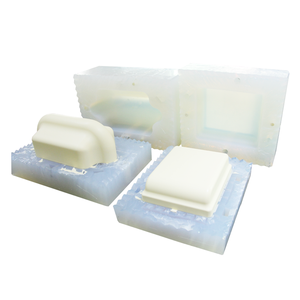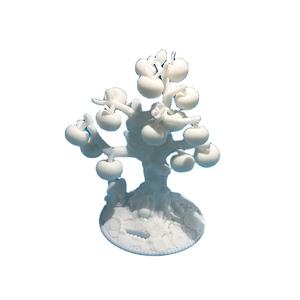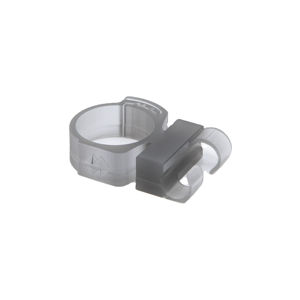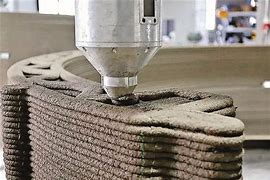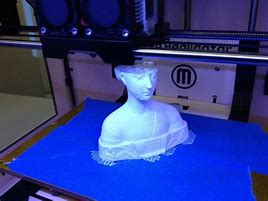Discover a professional 3D printing powder supplier
(Properties and Production Technology of Nickel-based Superalloys)
Nickel-based superalloys are the most widely used. The main reason is that,
one is that more alloying elements can be dissolved in the nickel-based alloy,
and it can maintain good structural stability; the other is that it can form a
coherent and ordered A3B-type intermetallic compound γ[Ni3(Al, Ti)] As a
strengthening phase, the alloy can be effectively strengthened and obtain higher
high temperature strength than iron-based superalloys and cobalt-based
superalloys; thirdly, nickel-based alloys containing chromium have better
oxidation and resistance than iron-based superalloys.
Nickel-based alloys contain more than ten elements, of which Cr mainly plays
an anti-oxidation and anti-corrosion role, and other elements mainly play a
strengthening role. According to their strengthening action mode, they can be
divided into: solid solution strengthening elements such as tungsten,
molybdenum, cobalt, chromium and vanadium; precipitation strengthening elements
such as aluminum, titanium, niobium and tantalum; grain boundary strengthening
elements such as boron, zirconium, Magnesium and rare earth elements, etc.
Production Process
In terms of smelting: in order to obtain more pure molten steel, reduce gas
content and harmful element content; at the same time, due to the presence of
easily oxidizable elements such as Al and Ti in some alloys, it is difficult to
control non-vacuum smelting; it is also to obtain better thermoplasticity ,
Nickel-based heat-resistant alloys are usually smelted in a vacuum induction
furnace, and even produced by vacuum induction smelting plus vacuum consumable
furnace or electroslag furnace remelting.
In terms of deformation: forging and rolling processes are used. For alloys
with poor thermoplasticity, they are even rolled after extrusion and billeting
or are directly extruded with mild steel (or stainless steel) sheathing. The
purpose of deformation is to break the casting structure and optimize the
microstructure.
Casting: usually use a vacuum induction furnace to smelt the master alloy to
ensure the composition and control the gas and impurity content, and use the
vacuum remelting-precision casting method to make parts.
Heat treatment: Wrought alloy and some cast alloys need to be heat treated,
including solution treatment, intermediate treatment and aging treatment. Take
Udmet 500 alloy as an example. Its heat treatment system is divided into four
stages: solution treatment, 1175℃, 2 hours, Air cooling; intermediate treatment,
1080°C, 4 hours, air cooling; primary aging treatment, 843°C, 24 hours, air
cooling; secondary aging treatment, 760°C, 16 hours, air cooling. In order to
obtain the required organizational state and good overall performance.
About 3dprintingpassion
3dprintingpassion is a trusted global chemical material supplier & manufacturer with
over 12 years experience in providing super high-quality chemicals and
Nanomaterials. The company export to many countries, such as USA, Canada,
Europe, UAE, South Africa, Tanzania,
Kenya,Egypt,Nigeria,Cameroon,Uganda,Turkey,Mexico,Azerbaijan,Belgium,Cyprus,Czech
Republic,Brazil, Chile, Argentina, Dubai, Japan, Korea, Vietnam, Thailand,
Malaysia, Indonesia, Australia,Germany, France, Italy, Portugal etc. As a
leading nanotechnology development manufacturer, 3dprintingpassion dominates the market.
Our professional work team provides perfect solutions to help improve the
efficiency of various industries, create value, and easily cope with various
challenges. If you are looking for Inconel718 powder, please send an email to:
sales2@nanotrun.com
(Properties and Production Technology of Nickel-based Superalloys)

